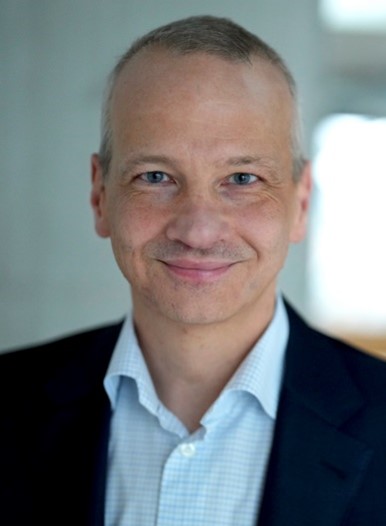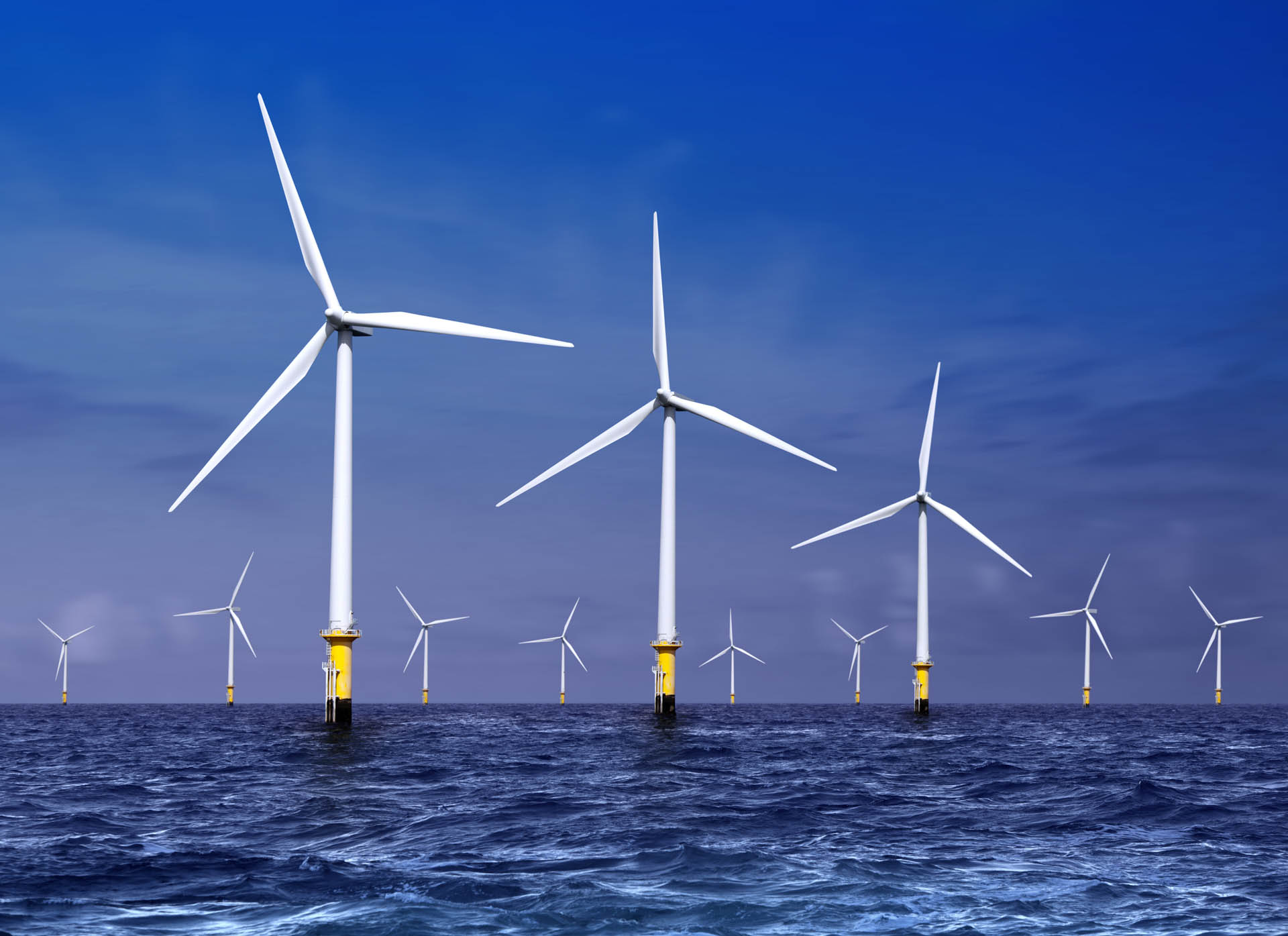Recent extreme weather events and the 6th Assessment Report of IPCC have made it painfully clear that climate change is one of the biggest concerns of our time – an existential issue that is driving a step change in societies’ relationship with energy.
However, as demand shifts from fossil fuels to electricity, the sourcing and infrastructure that would enable its distribution needs significant development and a strategically coherent approach. The Single Market – one of the fundamental pillars of the European Union – could play a transformative role in allowing renewable energy to flow freely into the electricity grid.
Creating a Single Market for Energy would significantly support the industry’s path towards more ambitious sustainable practices, as well as the achievement of the Union’s renewable energy targets. This will require two main conditions: removing unnecessary regulatory burdens and red tape, and investing in building the right infrastructure.
Securing competitive accessibility to scale up renewable energy
New, climate-friendly technologies will only work at a large scale if the industry can secure access to renewable electricity at competitive prices. This can only be delivered through a more deeply integrated European energy market. At the moment, however, an uncoordinated approach to energy infrastructure stands in the way of progress.
A case in point is a joint investment by Vattenfall and BASF in the World’s largest offshore wind farm in the North Sea off the Dutch coast, with 140 wind turbines and a total installed capacity of 1.5 Gigawatts. Due to become fully operational in 2023, this wind farm will be the first fully merchant offshore wind farm in the world that does not receive any price subsidies for the power produced.
The aim would be to use part of the electricity produced from the windfarm to power innovative, low-emission technologies at several of our production sites in Europe. However, existing barriers in the energy market, such as insufficient interconnectors, grid bottlenecks, surcharges on renewable electricity, prevent several BASF sites – including our major site in Ludwigshafen – from sourcing this sustainably-produced energy.
This example further highlights the need for dedicated infrastructure, across the European Union, to remove existing grid bottlenecks, domestic and cross-border – finally allowing renewable electricity to circulate from regions with abundant energy production to industrial centers.
Cases like this, where distribution isn’t in place to complement the efforts being invested in energy production, highlight the disconnect in the current approach and the risk of a disjointed, incoherent energy transition.
Arresting the effect of fees, levies & taxes on competitiveness
There is another problem casting a shadow – namely, an outdated system of taxes and levies. Under current conditions, sending electricity through grids usually implies paying fees, levies, and taxes on that same energy, regardless of its source.
In Germany, for instance, the EEG levy represents a clear burden on competitiveness and sustainability, as it more than triples the price of renewable energy sources (RES) electricity – thus effectively suppressing its increased use in energy-intensive industries.
To overcome these burdens, new policies will have to be developed to bridge the economic gap for cost-sensitive businesses competing in the global marketplace. At EU level, this will require a transparent EU State Aid framework which reflects economic realities and provides appropriate investment security across the EU Single Market.
With so much emphasis on the EU’s green transition, the conditions are in place for national governments to cooperate to provide more areas for renewable energies and speed up the approval process for electricity generation and distribution. This is inevitable if the soaring demand for renewable energy is to be satisfied, both for industry and consumers.

Accelerating the change
Society has become keenly aware that the implementation of pioneering, new low-emission technologies are an essential pillar of the EU’s climate strategy – underscored by the EU Green Deal and the EU’s Climate Pact.
Moreover, citizens fully support the expansion of renewable energy in the EU, as evidenced by the result of a Special Eurobarometer Survey on Climate Action undertaken earlier this year. The survey revealed indeed that 87% of respondents believe that it is important for the EU to set ambitious targets to increase the use of renewable energy.
These can, however, only succeed if the availability of renewable energy is expanded in a joined-up way that doesn’t just focus on production but on delivery infrastructure and the broader taxation framework too.
Businesses are aware that the window of opportunity is now – and, as the IPCC spelt out in its latest report, time is of the essence.
New, climate-friendly technologies will only work at a large scale if the industry can secure access to renewable electricity at competitive prices. This can only be delivered through a more deeply integrated European energy market.
In Germany, for instance, the EEG levy represents a clear burden on competitiveness and sustainability, as it more than triples the price of renewable energy sources (RES) electricity – thus effectively suppressing its increased use in energy-intensive industries.

